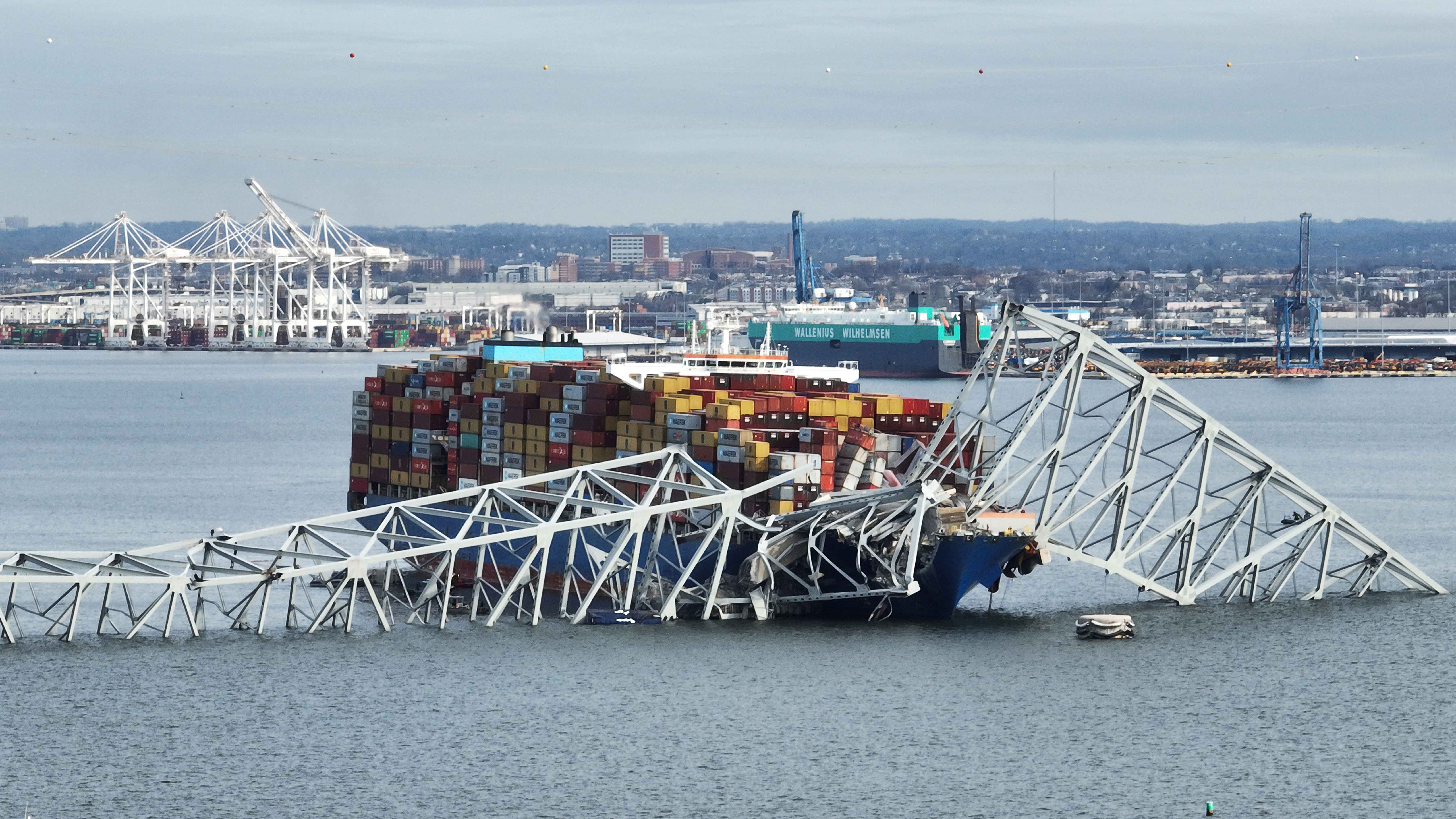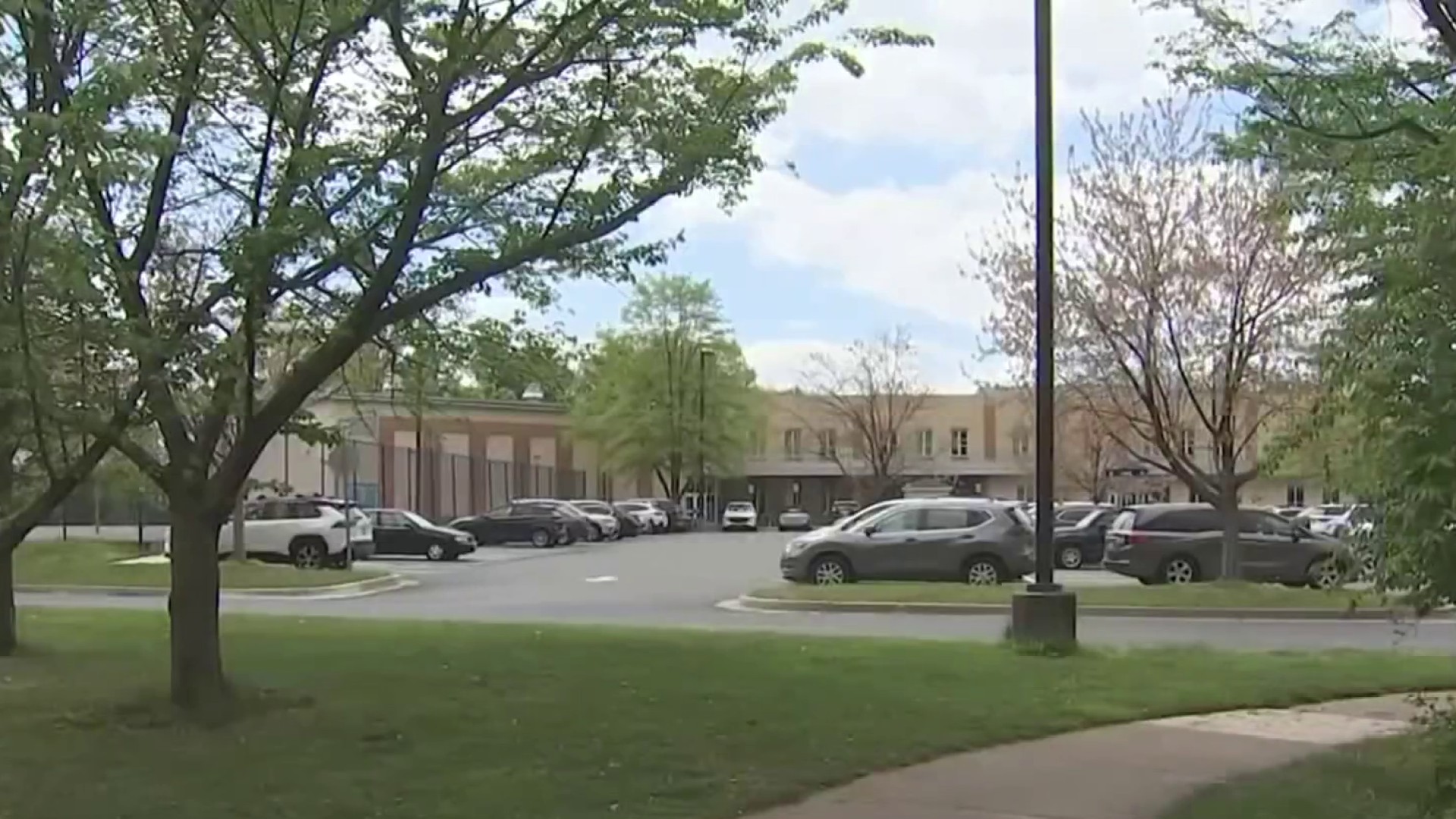Some of the District's hardest hit water customers will share $13 million in relief as government leaders begin to roll out a new program to offset the Clean Rivers Impervious Area Charge.
They estimate 1,200 nonprofits will qualify for up to 90 percent relief from the fees and the payments will be retroactive through October 2018. Nearly 20,000 residential customers will also be eligible for relief.
The move comes after a News4 I-Team investigation which revealed many churches, cemeteries and other nonprofits were struggling to pay thousands of dollars each month for that fee.
"It's 72 percent of our monthly bill. We haven't had a chance to do anything about the fees up 'til now," said Mike Greenfield, who serves as a deacon at Washington, D.C.'s Church of the Incarnation.
Greenfield attended one of three information sessions in November, hosted by the District's Department of Energy and Environment to outline which nonprofits will be eligible for the relief, how much they can receive and how the application process will work. DOEE also launched an information page on its website to explain the details.
"I think it's very important that they are at least providing the opportunity to give feedback as well as provide information," said Greenfield.
To be eligible for the relief program, non-profits must be a religious entity, a cemetery or licensed with D.C.'s Department of Consumer and Regulatory Affairs as a charity and have tax-exempt property status. They will be required to demonstrate hardship by providing documentation that their Clean Rivers fees amount to at least 1 percent of their revenue, after expenses.
Nonprofits will have to submit a copy of their most recent IRS tax form 990. Religious entities that do not traditionally file those forms will have to submit a signed declaration of revenue and expenses that is consistent with the requirements of an IRS Form 990.
The money will only be available on a first-come, first-served basis. However, DOEE officials told the I-Team they are confident there will be enough money for all eligible entities that apply.
Local
Washington, D.C., Maryland and Virginia local news, events and information
Non-profits can receive up to 90 percent relief from their Clean Rivers Impervious Area Charge, but only if they install some sort of run-off mitigation system, for example porous pavers, a rain garden or recently planted trees. The District is requiring one tree for every 1,000 square feet of impervious area on a property or equivalent green infrastructure approved by DOEE.
Representatives from several churches expressed concern about embarking on an extensive mitigation project, which would be a large capital expense when the relief money is only budgeted for one year. The fees will remain on water bills for decades to come.
"It needs to be in the budget for every year that nonprofits are getting hit with this fee," said Greenfield. "That's a D.C. government issue, and I will be in touch with the representative in Ward 7 to let them know it needs to continue beyond 2019."
"We've been struggling with our budget for the last several years and having this fee come way down on our bill will make a big difference in the programs and things we can do going into the future," said Velma Wyman.
Wyman attended one of the information sessions on behalf of First Baptist Church of Minnesota Avenue, which installed a rain garden and porous pavers in 2013. The work amounted to very little credit on the church's prior water bills, but now the green improvements will qualify them to get 90 percent of their Clean Rivers fees paid.
"We are so appreciative that they have this relief project," Wyman told the I-Team.
Churches or non-profits that are unable or unwilling to plant new trees or install stormwater mitigation on their own property can still participate in the program by buying stormwater credits to fund those improvements on another piece of property within the District.
If they are unable to make any green improvements, either for financial or logistical reasons, they can still get 83 percent of their Clean Rivers fees paid.
The Clean Rivers Impervious Area Charge is a fee found on every DC Water bill, but has nothing to do with water usage. It began in 2009 and has increased exponentially every year. Customers are charged based on the square footage of their property deemed to be impervious, like rooftops, sidewalks, patios and parking areas. The theory behind the fee is to charge customers based on the amount of stormwater runoff they likely contribute into the District's storm drains.
Some entities, like homeowners' associations and commercial parking lot companies, have no water service but still get a bill for Clean Rivers fees.
The D.C. sewer system's design combines stormwater and sewage into the same underground pipes, meaning heavy rainfall that causes flooding also causes raw sewage to dump into the area's rivers. The District is under federal mandate to fix the problem and has embarked on a $2.7 billion plan to build huge underground tunnels to reduce the overflows. DC Water financed the project with a 100-year bond. The cost is mainly borne by the water utility's customers.
Last fall, the News4 I-Team exposed how churches, cemeteries and other nonprofits were struggling — some even threatening to close or cut programs as a result of the growing Clean Rivers fee.
Rock Creek Cemetery, founded in 1712, told the I-Team the cemetery's future is in jeopardy because it can't pay its $200,000-a-year water bill. That bill used to be about $3,500 per year.
The Archdiocese of Washington said many of its churches are also having trouble paying the hefty fees. A spokesman told the I-Team one church in Ward 8 pays nearly $50,000 per year. Some pay more for Clean Rivers fees than for their mortgage.
"We have to provide parking for our parishioners, so most churches have big parking lots," said Greenfield. "We have to pay for that, and that's a concern."
D.C. Council members held a series of public meetings, during which representatives from the religious community and a handful of residents voiced concern about the rising fees. Many demanded the District government pay its fair share as the largest contributor of stormwater runoff, an estimated $40 million, for the miles and miles of public roads, sidewalks and alleys. An I-Team report last December revealed those have all been exempt from the fee since its inception.
The mayor and DC Water instead promised a combined $13 million in relief. DC Water decided to allocate its portion of the money by expanding its customer assistance program to include an additional 12,800 low-income residential customers. A family of four with an income up to $93,000 would save an average of $43 each month on their bill.
The District then announced some of its money would also be earmarked for nearly 5,000 moderate-income residents. Families of four making up to $117,000 each year would save an average of $17 a month on their Clean Rivers fees.
To apply, residential customers will need to submit copies of their photo ID, the most recent tax return for each household member and their most recent DC Water bill.
After administrative costs, the non-profits and religious institutions most affected by Clean Rivers fees will split about $3.85 million.
Entities will not be deemed eligible for relief if their water bill is paid indirectly as part of a group of multi-unit customers.
Archdiocese of Washington spokesman Craig Muckle said he's skeptical the amount of money budgeted will be enough to help all the entities that need it. He thinks the portion for religious institutions and nonprofits will run out quickly.
"It's disappointing for sure," said Muckle. "So we have to continue to do a lot of work... to see how we can move the needle even more."
Applications for the new Clean Rivers relief program will be available online and on paper beginning in January. DOEE will post applications on this website beginning January 1st.



